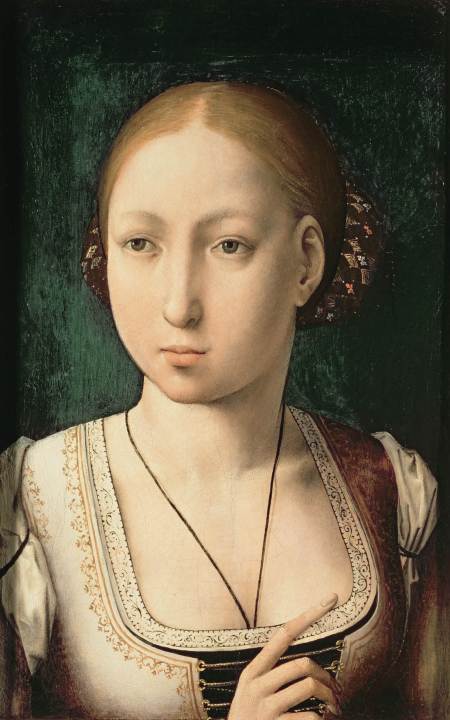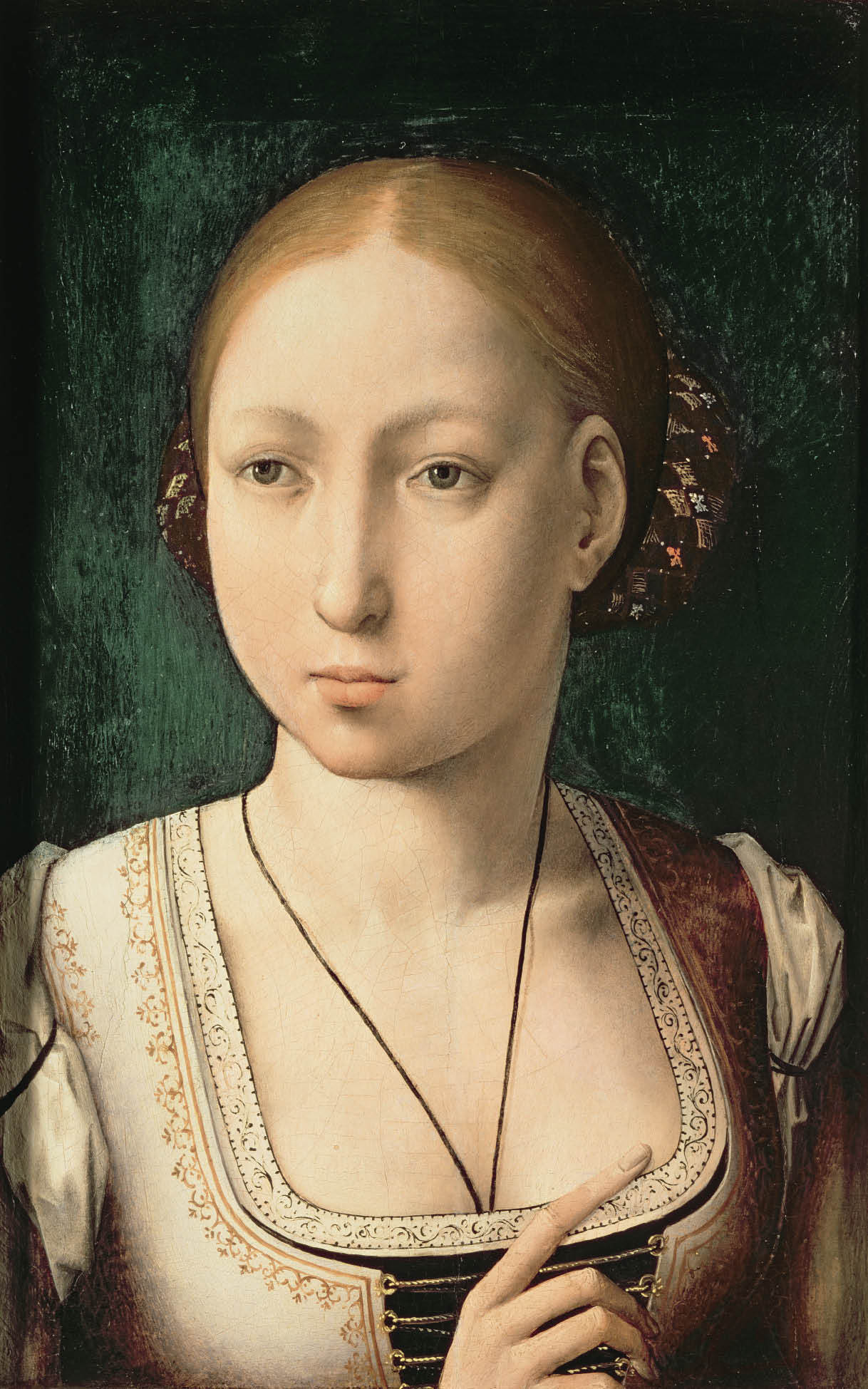The Catholic Monarchs — Ferdinand II of Aragon and Isabella I of Castile — had five children together.
The Catholic Monarchs — Ferdinand II of Aragon and Isabella I of Castile — had five children together. Each child was married off to a promising European neighbour, thereby acting as a diplomatic tool in the Monarchs’ reassertion of royal authority over Spain. Two of those children remain famous today, chiefly for their reputation as the 16th century’s most wretched doormats.
Katherine of Aragon was the youngest child. As we know, her first marriage was to Henry VII of England’s eldest son, Prince Arthur. When he died, her second marriage was to the man who would become Henry VIII. The rest barely needs rehearsing. A relatively happy marriage turned sour when Katherine could not bear the king a son. Eventually, since Henry was incapable of using a nutcracker where a baseball bat was available, Katherine was cast aside in favour of Anne Boleyn, and the English Church seceded from Rome.
There have been many studies of Katherine of Aragon, most recently Giles Tremlett’s excellent biography. But Julia Fox’s vivid and sympathetic book now shows us her life and marriage in another context, setting it against the even more terrifying story of her elder sister, Juana.
I realised as I was reading this book that almost everything I knew about Juana of Castile derived from a single A-level history class many years ago. We were introduced to her as ‘Joanna the Mad’, wife of Philip the Fair of Burgundy. Poor old Joanna was written off during that lesson as a rather pathetic, weak-minded puppet, gibbering in her husband’s shadow and subsequently dragging his corpse around with her when he died: yet another regrettable product of the late medieval high aristocracy’s policy of encouraging close cousins to marry.
Julia Fox trashes all that. Drawing on recent revisionist scholarship and her own meticulous research, she shows that Juana was indeed a tragic puppet, but she was far from a dimwit. Rather, she was the victim of a ghastly stitch-up. The Juana presented here is a passionate, emotional, occasionally hysterical woman driven to severe depression (but not insanity) by her husband’s philandering and cold-hearted political ambition. It was Philip who started the rumours that she was out of her mind, and Philip who ruthlessly exploited the same rumours to claim the crown of Castile in his wife’s name.
Indeed, even in death Philip added to the legend of ‘Juana la Loca’. She made an exhausting and loyal effort to accompany Philip’s corpse as it was moved from Burgos to a more symbolic resting place in Granada, travelling with the procession even while heavily pregnant. Her reward? Scurrilous rumours that she was obsessed with a cadaver, and had opened the coffin to kiss her husband’s dead toes.
Poor Juana. She was treated even worse by her son, Charles V of Spain, than she was by her husband: imprisoned in a convent at Tordesillas, beaten and kept isolated from events involving her family and her homeland. She spent 46 years locked up, until her death in 1555.
By comparison, Katherine of Aragon, who died in 1536, didn’t fare so badly. She bore her own indignities with saintly forbearance. One marvels that she really didn’t go mad, being married to a monster like Henry VIII.
Fox’s achievement, in weaving together these two potentially disheartening biographies, is never to descend into simple pity. Indeed, there is a rather uplifting quality to a deep, vivid narrative. As Fox recreates Juana and Katherine’s lives in colourful detail, she manages to draw out the spirit and resilience of two women fearfully abused in a very cruel, very male world.







Comments